Molds, pesticides, carcinogens? Answers to the three major food safety questions that coffee consumers are most concerned about
Professional coffee knowledge exchange more coffee bean information please follow the coffee workshop (Wechat official account cafe_style)
In the afternoon when three or five friends get together, it is a good choice to have a cup of coffee as a leisurely embellishment. But sometimes the editor will hear a friend say, "I can't drink coffee!" I have heart palpitations, I can't sleep, I get dizzy when I drink coffee. "all kinds of symptoms; Although the editor is not a doctor, he is also curious about these symptoms. What are the effects of drinking coffee on the body? Is it everyone's physical problem or the coffee itself? Today we're going to talk about the "food safety" crisis of coffee, so that you can understand why the source of the cup of coffee in your hand, how it is preserved, how it is grown, processed, and roasted can affect your body, and what problems you need to pay attention to.
First pay attention to the quality and preservation of the coffee itself.
We all know that eating bad food will cause stomachache, and drinking bad wine will feel uncomfortable, but when you drink bad coffee and produce symptoms such as physical discomfort, we seldom think directly about the quality of "coffee beans".
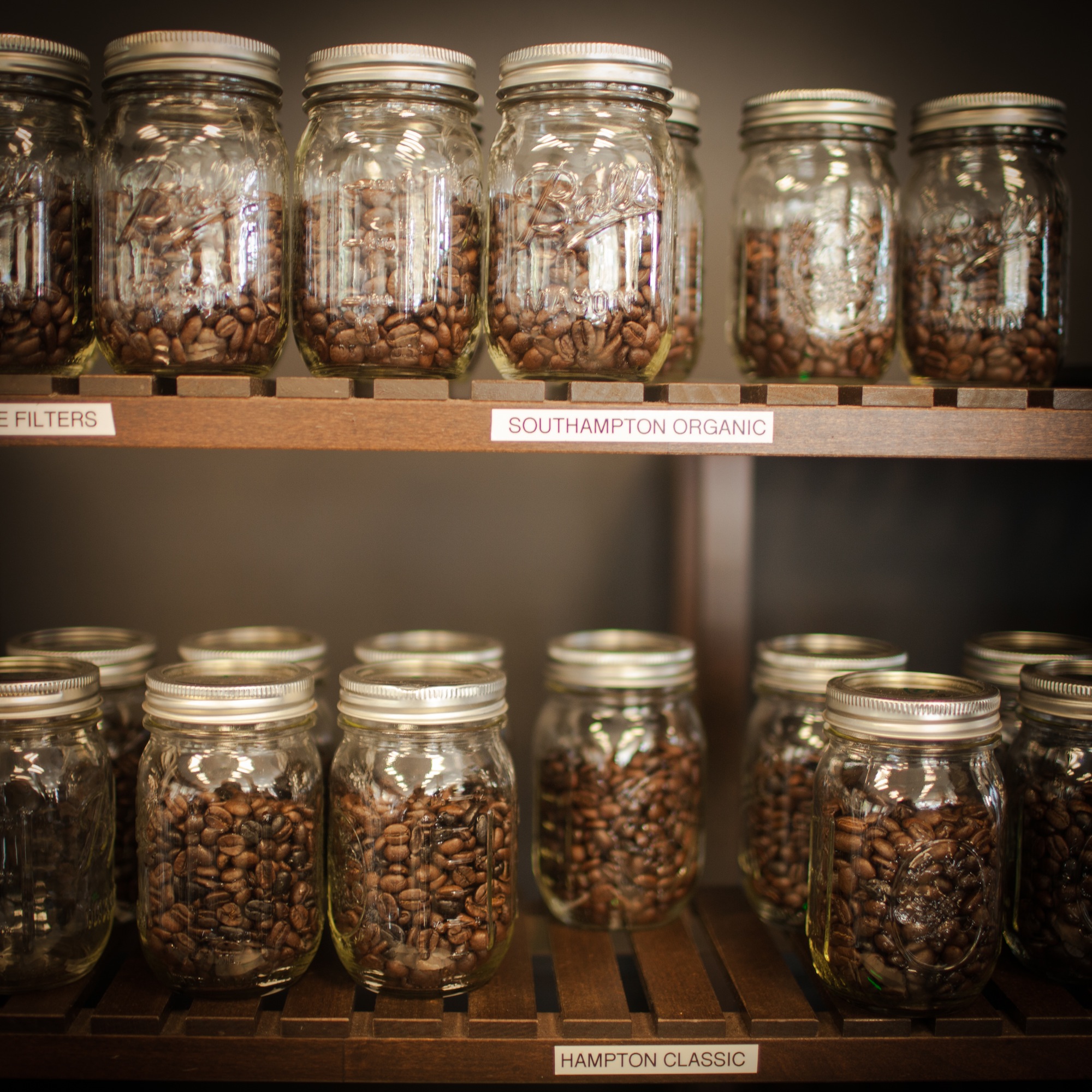
The preservation of raw materials for any beverage must be the most important. When raw materials such as tea and coffee beans are stored, mildew will occur in the humid and high temperature environment, which will lead to rejection, dizziness, discomfort and other symptoms in the human body after ingesting the drink.
Do you remember when the editor shared about the preservation of coffee beans? Coffee beans are most afraid of humid, high temperature, light and other environments, so be sure to avoid these environments when saving them.
The killer of ochratoxin in shoddy coffee
In addition to the source and quality of raw coffee beans, it is also important to avoid mildew, humid environment and direct heating. There is a mold called ochratoxin An in soil, insects, rice, wheat, flour, soybeans, peanuts, corn, coffee beans, agricultural products, vegetables, traditional Chinese medicine, dried fish.
Interested people can do an experiment in which coffee beans are sprayed with proper moisture and placed in a sunlit place for 6 months. Hui begins to grow mold in less than the first month, and after 6 months, the raw beans are full of mold and even swell to twice the size! When you smell it with your nose, you can find a strong, strange smell of medicine (no grass smell of raw beans at all). So improper preservation, or even moldy coffee beans, has a high risk of producing ochratoxin A, and drinking it has a direct impact on the body.
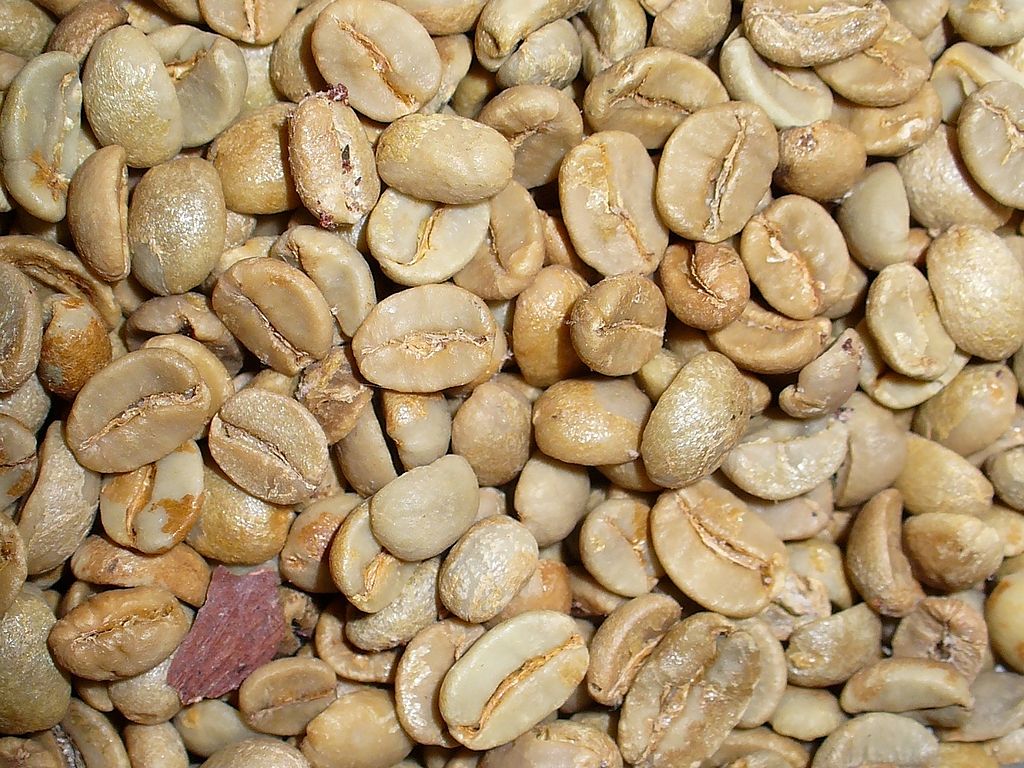
For example, if we usually only buy packaged cooked beans, we can't see the original appearance of the coffee raw beans, and coffee beans actually have different grades, from rare "boutique beans" to the most basic "commercial beans". To the "defective beans" that can not even be called secondary coffee beans, which can only be used as refined substances or agricultural fertilizers. If such coffee beans are directly roasted and drunk, they will not only taste strange, but also directly lead to physical discomfort.
Even if the raw coffee beans are roasted deeply, ochratoxin A does not begin to crack until more than 198 ℃, and 70% of the cracking toxins still need to last for more than 198 ℃ for more than five minutes; but the highest temperature of roasted beans is about 190-220 ℃, so defective raw beans are not guaranteed to be completely free of ochratoxin after baking.
However, on this point, professional and regular bakers will have a quality check! Because they have cup testers, bakers, as well as professional basic knowledge of raw beans, and accurate knowledge of quality control of raw beans.
Do you spray pesticides when you grow coffee? Will there be any residue?
"pesticides" should be a problem that people pay close attention to all kinds of foodstuffs. First of all, we have to talk about the cultivation of coffee. Usually, the pesticides of coffee will be sprayed on the leaves, and it can not be said that the plants will not absorb them. But usually if coffee beans (seeds) are tested for too many pesticide residues, the coffee tree itself should die directly if the concentration is too high. Because a bean will be protected by the peel (the first layer), coupled with the pulp (the second layer) and the shell (the third layer), there is little pesticide residue.
In the process of roasting coffee beans, most pesticides will be reduced or even completely disappeared because of the high temperature. Unless the pesticide is directly sprinkled on the raw beans! Or raw beans, cooked beans themselves residual "ochratoxin A", and sufficient environmental conditions (sunshine, humidity, high temperature) to make it continue to grow, will lead to excessive pesticide and mold residues.
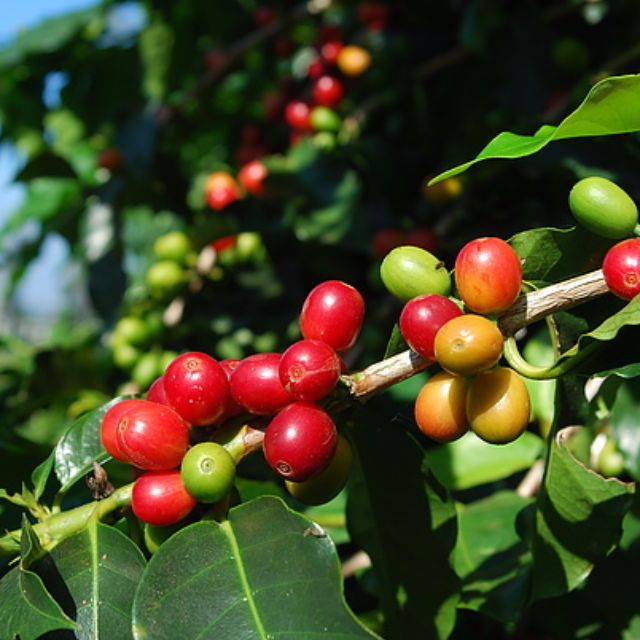
Acrylamide can cause cancer. What's the content in coffee?
The most popular thing in recent years should be "coffee causes cancer", in which everyone should hear a word called "acrylamide". About this chemical, there are as many as 7000 kinds of foods, such as reducing sugar (fructose, black sugar, glucose, etc.). Grade 2A carcinogens produced after high temperatures can cause cancer if excessive intake; so the government will test whether such substances have been added to food or excessive after processing.
Of course, it is not for the store to deliberately add carcinogens, "acrylamide" is usually contained in the original raw materials, or produced by the processing process, while the average adult needs to eat about 8 kilograms of potato chips a day, or 18 kilograms of coffee beans, or 14 kilograms of French fries (you can tell how fat it is just to listen to it. ), and you can cause cancer as you wish.
So, coffee is calculated in the ratio of powder to water at 1:15, and one person drinks 750cups a day! Even eat the dregs to ensure complete absorption, should be able to cause cancer. The conclusion after the above estimation is "Please drink 1-2 cups a day". Under such an intake, the body can actually metabolize.
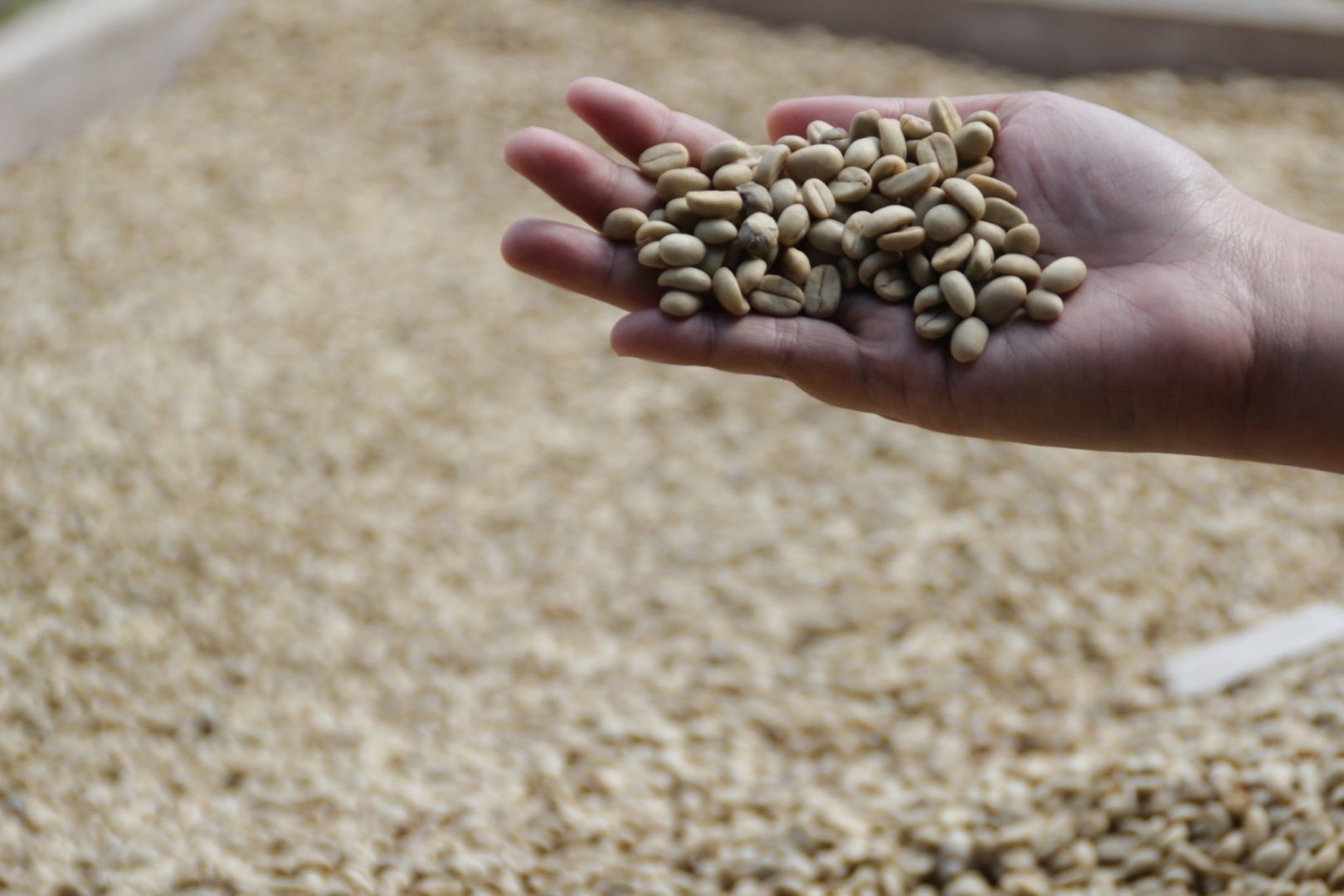
Conclusion
The above three points are the "food safety questions" that coffee consumers often have. Although the information age has brought rumors everywhere, we should not be alarmed. Roasters with formal production qualifications will have sample testing of raw and cooked beans. Just pay more attention when choosing coffee bean suppliers.
END
Important Notice :
前街咖啡 FrontStreet Coffee has moved to new addredd:
FrontStreet Coffee Address: 315,Donghua East Road,GuangZhou
Tel:020 38364473
- Prev
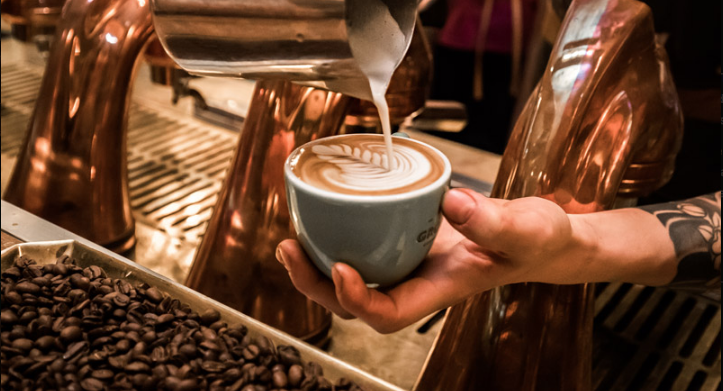
Coffee smells good, but it doesn't taste obvious? There are six secret tricks to taste the aroma of coffee!
Professional coffee knowledge exchange more information on coffee beans Please follow Coffee Workshop (Wechat official account cafe_style) Coffee, the world's most delicious drink that coffee is the world's most fragrant drink, it is no exaggeration. At present, there are more than 800 kinds of aromatic compounds that have been studied by scientists, most of which are volatile aroma, less water-soluble aroma, and some.
- Next
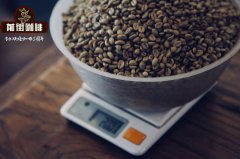
A brief analysis of the common coffee bean treatment methods the differences between coffee bean treatment methods and their advantages and disadvantages
Professional coffee knowledge exchange more coffee bean information please follow the coffee workshop (Wechat official account cafe_style) how coffee is made, several common coffee raw bean treatment methods are well known, there are many ways to treat coffee beans, but do you know the difference between these treatments? Some of the most common treatments, the sun treatment, will first turn the mature or semi-mature
Related
- How did the Salvadoran coffee industry develop in Central America?
- What exactly does the golden cup extraction of coffee mean?
- The Origin of Coffee flower
- [2023 Starbucks World Earth Day] there are more meaningful things besides free Starbucks coffee!
- What kind of coffee is there in Spain? 9 Flavors of Spanish Coffee
- Aromatic African coffee| Kenya's coffee culture and historical production area
- Liberica Coffee Bean knowledge: the characteristics of Liberian Coffee beans of the three original species of Coffee beans
- The origin and formula of Spanish latte introduces the taste characteristics of Bombon coffee in Valencia, Spain.
- How to adjust the solution of over-extracted coffee
- What is the tasting period of coffee beans? What is the period of coffee and beans? How should coffee wake up and raise beans?

